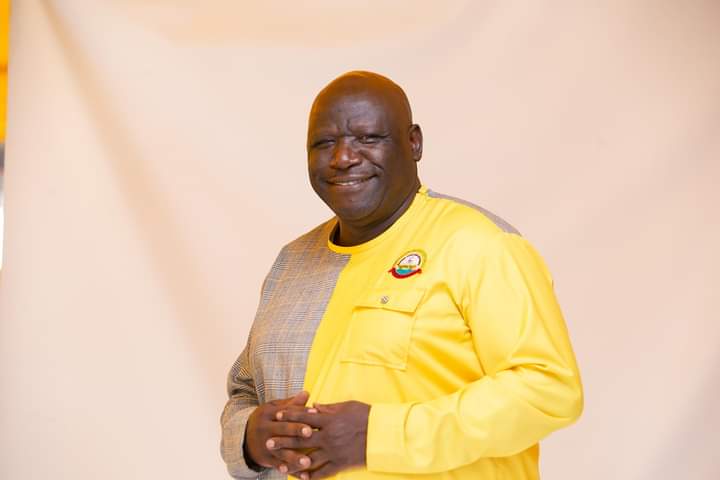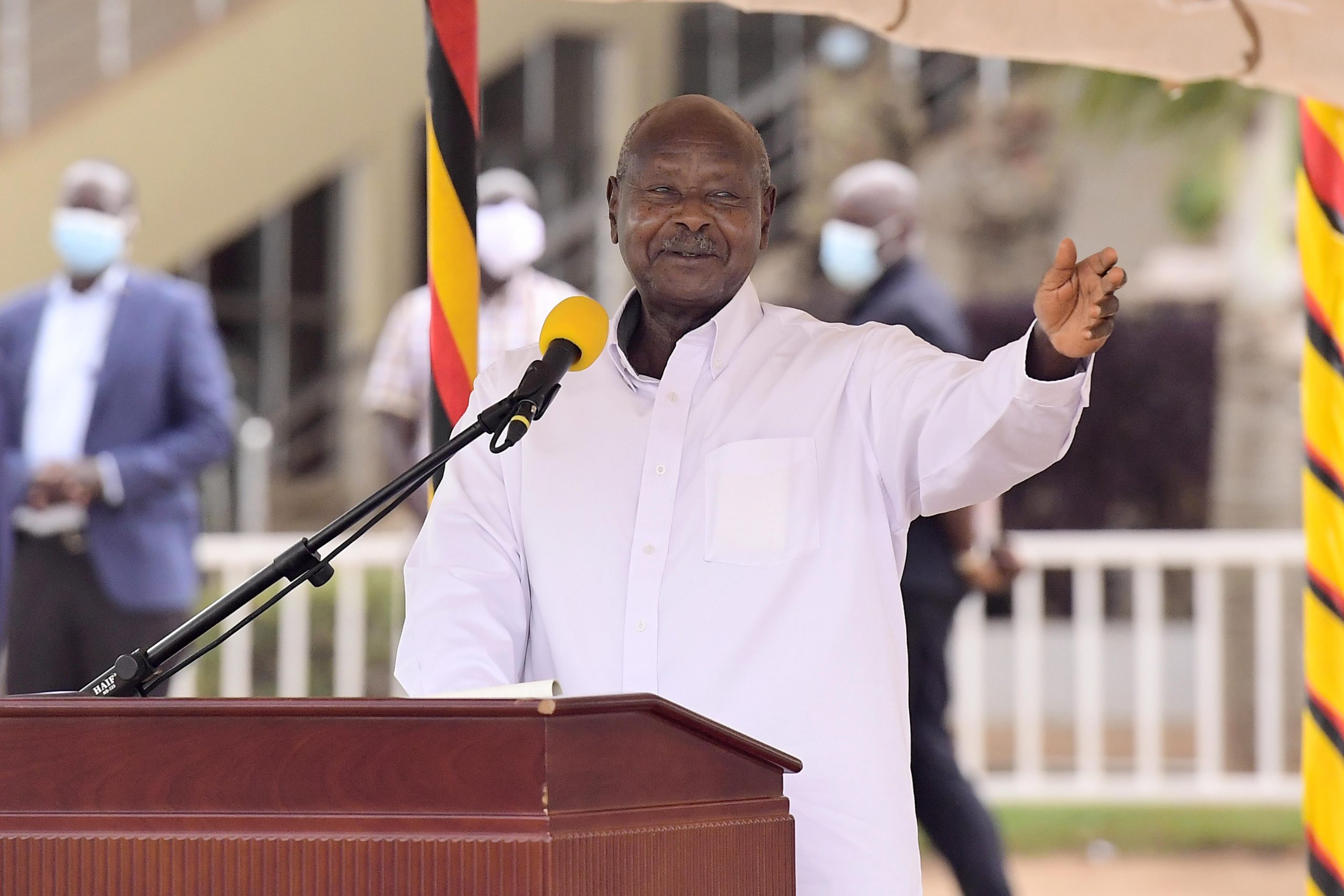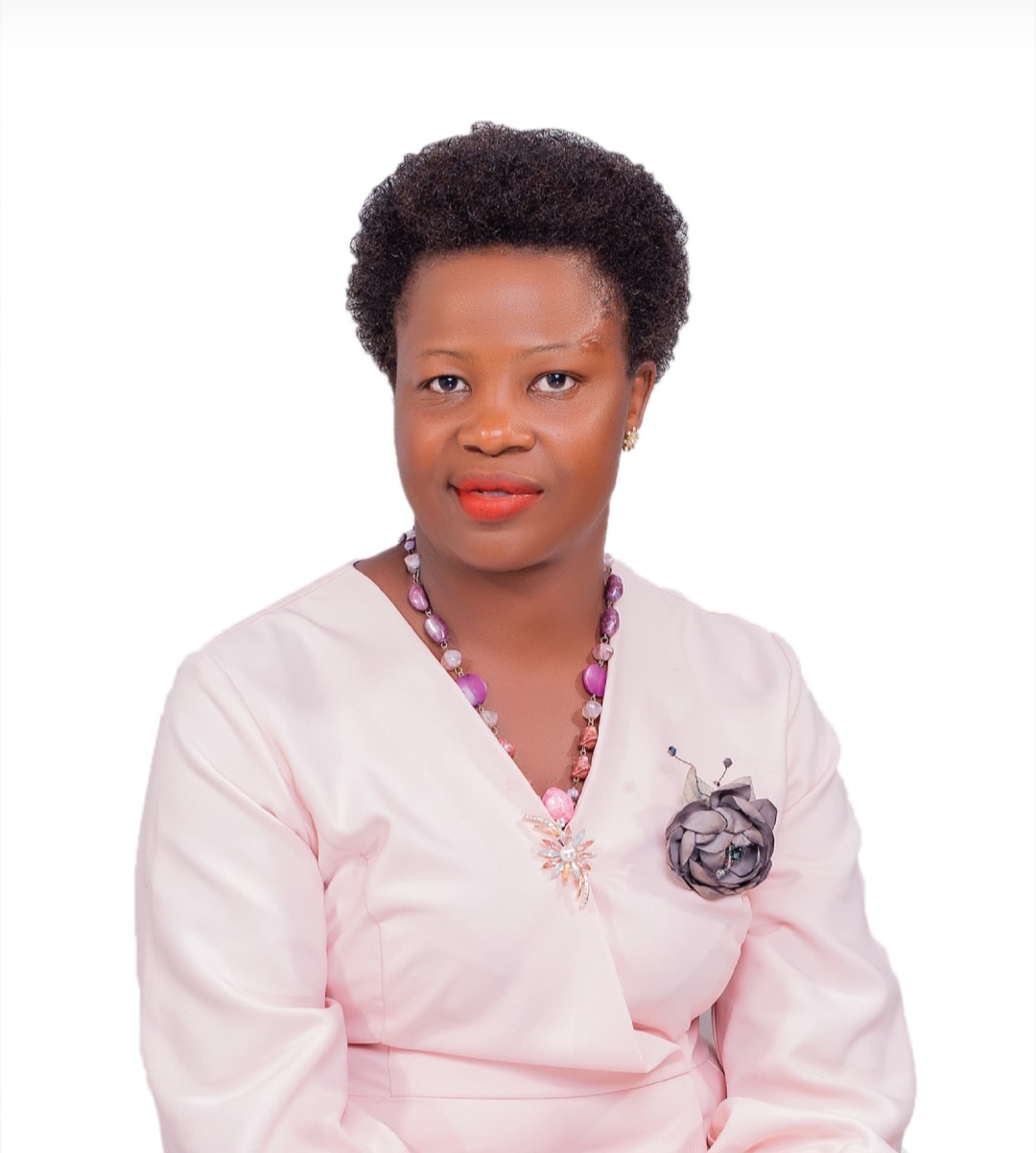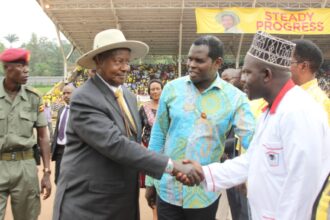On 26th Feb 2022, the Parish Development Model (PDM), will be finally launched in Kibuku district, Bukedi sub-region, by its chief architect, President Yoweri Museveni. This is yet another endeavour geared to wealth creation and poverty eradication. The PDM, the latest intervention in the NRM Government’s continuous quest to lift all Ugandans from the poverty complex comes at the backdrop of the campaign promise to secure the future of Ugandans in the 2021 general elections. It is a development approach conceived under the National Development Plan (NDP III) and prescribed by the NRM Manifesto 2021-2026.
The PDM is structured to boost wealth creation opportunities and to turn every parish in the country into a model development unit. Under Uganda’s local government structures, a parish, which is the administrative unit below a sub-county and above a village cell. The intention here is to leave nobody behind, more specifically, uplifting the nearly 39% of households from subsistence economy to commercial production.
The truth is that this is not the first program tailored by the NRM government with the very purpose of poverty eradication, however, none of the previous empowerment programmes placed economic power in the hands of communities in real terms, geographically and financially. PDM offers decision-making in the hands of beneficiaries who will decide what suits them best in their locality.
PDM is also a culmination of NRM’s “Securing Your Future” slogan as used in last year’s general elections as one way for the party to fulfill the contract entered into with Ugandans in the winning Manifesto. The financial inclusion agenda will promote savings and investment by households in the most viable activities with a potential for generating a production surplus for home and local consumption, and the market.
The PDM Implementation plan
The Model positions the “Parish” as the epicenter and reference unit for planning, implementation, supervision and accountability to drive socio-economic transformation. Previous government interventions have either been based at the district, constituency or the subcounty levels and this created gaps that were easily exploited by the corrupt minded individual. The parish level is nearer to the communities where decisions and reviews are expected to take place without much bureaucracy.
It’s therefore prudent that as we launch the PDM, the implementing bodies and individuals stretching from the relevant ministries to the lowest unit at the parish, renew their commitment in alignment with the aspirations of the people and the intentions of the Head of State and the NRM manifesto.
The PDM Community Mobilization and Mindset change team has already embarked on the necessary sensitization and training of all stakeholders to implement the economic model. The model will be implemented through the existing government policy implementation channels.
At national level, the Parish Model Secretariat will be based in the Ministry of Local Government. The Secretariat will provide advice on release of funds, monitoring and evaluation and overall accountability for the programme. At the district, the project will be implemented through the existing structures of District Council. The CAO will be the Accounting Officer and the District Commercial Officer will be Focal Point Person. The management of the programme at lower local government level will be the Division, Sub-county/Town Council structure. The Sub County Chief/Town Clerk will be the Accounting Officers. And at the parish level, the Parish Chief will be the focal point person.
However, RDCs are expected to play an integral role of monitoring PDM at the local government as well as conducting beneficiary eligibility checks. The above means that we need RDCs that work outside their usual comfort zones in offices. The RDCs should also work in tandem with the expectations of the NRM party leadership whose manifesto they work to implement.
The chief Administrative officer as the accounting officers should carry their patriotic badges for the success of the program. More often the incompetence of the CAO’s marred by corruption has greatly affected many Government programs.
The Model is designed under seven pillars which include Production, Storage, Processing and Marketing; Infrastructure and Economic Services; Financial Inclusion; Social Services; Mindset change; Parish Based Management Information System; Governance and Administration. Each of these pillars is very important.
Why the launch in Bukedi sub-region (Kibuku district)
The PDM, a government flagship programme which will be launched on the 26th February 2022, in Kibuku, Bukedi sub-region is a grassroot economic model, targeting especially the 39% of the population which only produces for food and survival, “akukolela ekidda kyonka,”
“Okukorela ekida kyonka” is a Lugwere phrase, meaning working for the stomach only, which is a prevalent practice in this area. The latest 2019/2020 report released by UBOS in June 2021, put Bukedi as one of the poorest sub-regions in Uganda. The high poverty levels in the region is attributed to low levels of economic activities and some primitive practices like subdivision of the land during inheritance. This, among other reasons, informed the authorities to prioritize it as a model area.
Leaders should guide their communities:
This is not the first Government intervention in trying to alleviate the poverty levels in the country. There have been other programmes like Entandikwa, NUSAF, NAADS and many others. In areas where these programmes have succeeded in transforming the lives of the people, community leadership has played an important role in sensitizing the beneficiaries about the programmes and the best practices like proper enterprise selection, record keeping and adoption of modern farming practices. It is therefore important for the leaders including the members of parliament, the Local Government leaders, the RDCs and the district technical officers to pick interest in the welfare of the people and provide leadership at the community levels to ensure the PDM succeeds.
It’s my appeal, therefore, that we all embrace the model as a gateway to transforming the humble backyards where we were raised. It is very important for all the echelons of the political and technical leadership of the country – as well as the intelligentsia and the population at large – to reflect on that context as we receive the PDM.
The writer is the Director for Information and Publicity – NRM Secretariat
Do you have a story in your community or an opinion to share with us: Email us at Submit an Article









